
Fisk University is a private historically black liberal arts college in Nashville, Tennessee. It was founded in 1866 and its 40-acre (16 ha) campus is a historic district listed on the National Register of Historic Places.

The Mathematical Association of America (MAA) is a professional society that focuses on mathematics accessible at the undergraduate level. Members include university, college, and high school teachers; graduate and undergraduate students; pure and applied mathematicians; computer scientists; statisticians; and many others in academia, government, business, and industry.

James Morris Lawson Jr. was an American activist and university professor. He was a leading theoretician and tactician of nonviolence within the Civil Rights Movement. During the 1960s, he served as a mentor to the Nashville Student Movement and the Student Nonviolent Coordinating Committee. He was expelled from Vanderbilt University for his civil rights activism in 1960, and later served as a pastor in Los Angeles for 25 years.

The College of Emporia was a private college in Emporia, Kansas, from 1882 to 1974, and was associated with the Presbyterian church.
T. Canby Jones was an advocate of the War of the Lamb, a Quaker peace activist, a professor emeritus of Wilmington College in Ohio, and was a student of Thomas R. Kelly. T. Canby Jones died in Paoli Memorial Hospital, suburban Philadelphia, Pennsylvania.

The Nashville sit-ins, which lasted from February 13 to May 10, 1960, were part of a protest to end racial segregation at lunch counters in downtown Nashville, Tennessee. The sit-in campaign, coordinated by the Nashville Student Movement and the Nashville Christian Leadership Council, was notable for its early success and its emphasis on disciplined nonviolence. It was part of a broader sit-in movement that spread across the southern United States in the wake of the Greensboro sit-ins in North Carolina.
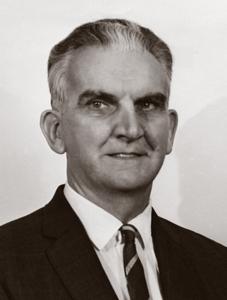
Kenneth Ewart Boulding was an English-born American economist, educator, peace activist, and interdisciplinary philosopher. Boulding was the author of two citation classics: The Image: Knowledge in Life and Society (1956) and Conflict and Defense: A General Theory (1962). He was co-founder of general systems theory and founder of numerous ongoing intellectual projects in economics and social science. He was married to sociologist Elise M. Boulding.

Lee Alexander Lorch was an American mathematician, early civil rights activist, and communist. His leadership in the campaign to desegregate Stuyvesant Town, a large housing development on the East Side of Manhattan, helped eventually to make housing discrimination illegal in the United States but also resulted in Lorch losing his own job twice. He and his family then moved to the Southern United States where he and his wife, Grace Lorch, became involved in the civil rights movement there while also teaching at several Black colleges. He encouraged black students to pursue studies in mathematics and mentored several of the first black men and women to earn PhDs in mathematics in the United States. After moving to Canada as a result of McCarthyism, he ended his career as professor emeritus of mathematics at York University in Toronto, Ontario.

Bennett Harvie Branscomb was an American theologian and academic administrator. He served as the fourth chancellor of Vanderbilt University, a private university in Nashville, Tennessee, from 1946 to 1963. Prior to his appointment at Vanderbilt, he was the director of the Duke University Libraries and dean of the Duke Divinity School. Additionally, he served as a professor of Christian theology at Southern Methodist University. He was the author of several books about New Testament theology.
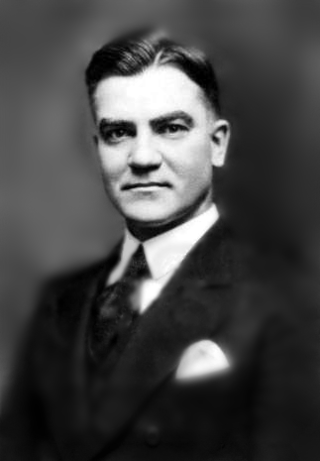
Thomas Elsa Jones was the fifth president of Fisk University, serving - and especially fundraising - from 1926 to 1946. He was later president of Earlham College, 1946 to 1958. A Quaker, Jones served as a missionary with his wife in Japan, and sponsored the first 'Friends' meetings in Nashville on Fisk campus.
Elmer Samuel Imes was an internationally renowned American physicist who made important contributions in quantum, demonstrating for the first time that Quantum Theory could be applied to the rotational energy states of molecules, as well as the vibration and electronic levels. Imes's work provided an early verification of Quantum Theory, and his spectroscopy instrumentation inventions, which include one of the earliest applications of high resolution infrared spectroscopy, led to development of the field of study of molecular structure through infrared spectroscopy.

Ronald Elbert Mickens is an American physicist and mathematician who is the Fuller E. Callaway Professor of Physics at Clark Atlanta University. His research focuses on nonlinear dynamics and mathematical modeling, including modeling epidemiology. He also has an interest in the history of science and has written on the history of black scientists. He is a fellow of the American Physical Society and served as the historian of the National Society of Black Physicists. He has made significant contributions to the theory of nonlinear oscillations and numerical analysis.
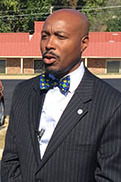
Kevin D. Rome Sr. is an American university administrator. He served as the 16th president of Fisk University, a historically black university in Nashville, Tennessee. He was previously the president of Lincoln University from 2013 to 2017.
James Raymond Lawson was an American physicist and university administrator. He was the president of Fisk University, a historically black university in Nashville, Tennessee, from 1967 to 1975.
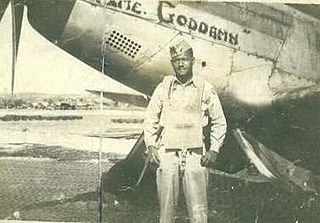
Rutherford Hamlet "Lubby" Adkins was an American military aviator and university administrator who served with the Tuskegee Airmen during World War II. He flew fourteen combat missions with the Tuskegee Airmen. He came home to complete his education and earn multiple degrees: he was the first African American to earn a PhD from The Catholic University in Washington D.C. Adkins went on to serve in many positions in higher education including as President of Knoxville College and Fisk University.
Donald Anderson Edwards was an American physicist. Edwards was the founding chair of the physics department at North Carolina A&T State University, and spent his career teaching there and at other historically Black colleges and universities across the United States. His research was in the field of X-ray diffraction crystallography, and he was known for his 1931 determination of the complete crystal structure of potassium nitrate.
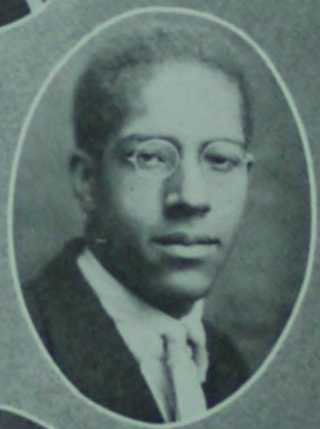
Halson Vashon Eagleson Jr. was an American physicist and professor. Eagleson's research focused on acoustics and the behavior of sound.
Clayton Wilson Bates, Jr., was an American physicist and electrical engineer. Bates developed an x-ray image intensifier tube for use in diagnostic radiology and was an early researcher in optical and electronic properties of nanophase metal-semiconductor composite systems. He also chartered Stanford University's Society of Black Scientists and Engineers (SBSE) in 1973.

Benjamin Franklin Peery Jr., was an American physicist, astronomer, and longtime professor at Indiana University and Howard University. He was the second African American person to receive a doctorate in astronomy.
Earl David Shaw is an American physicist and professor, known for his work in laser science and developing laser technology. He is credited as the co-founder of the spin-flip Raman tunable laser.














